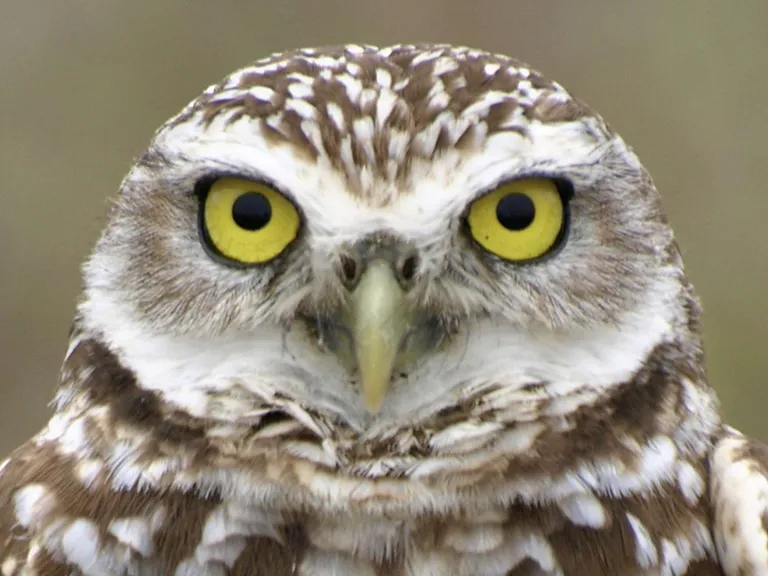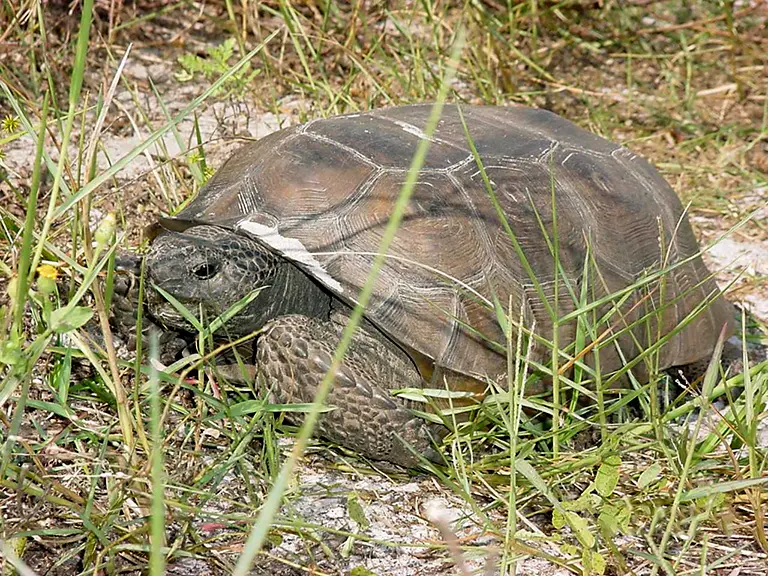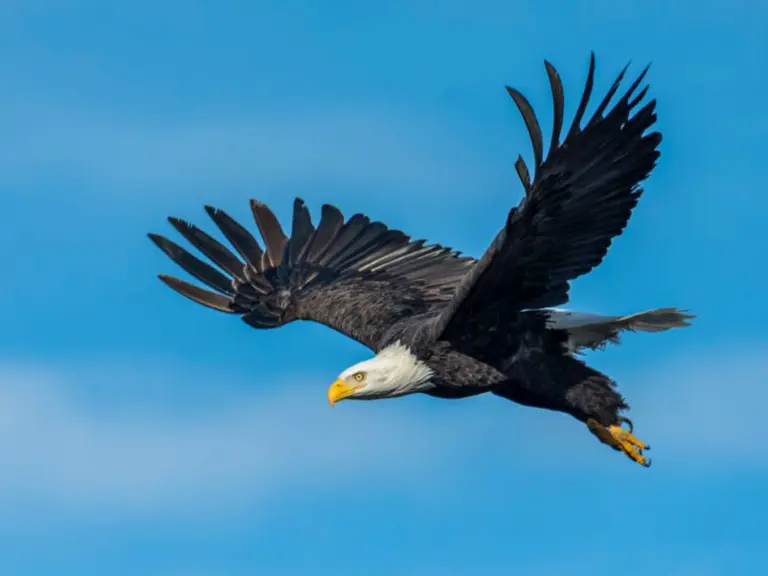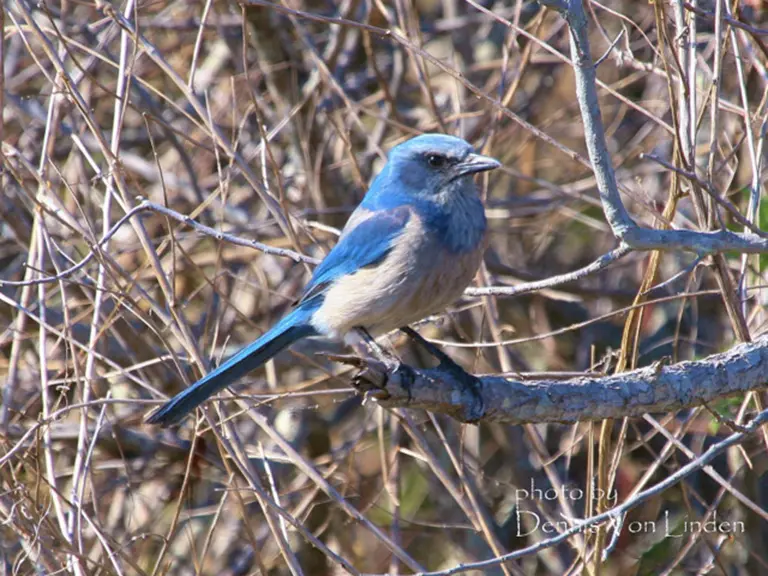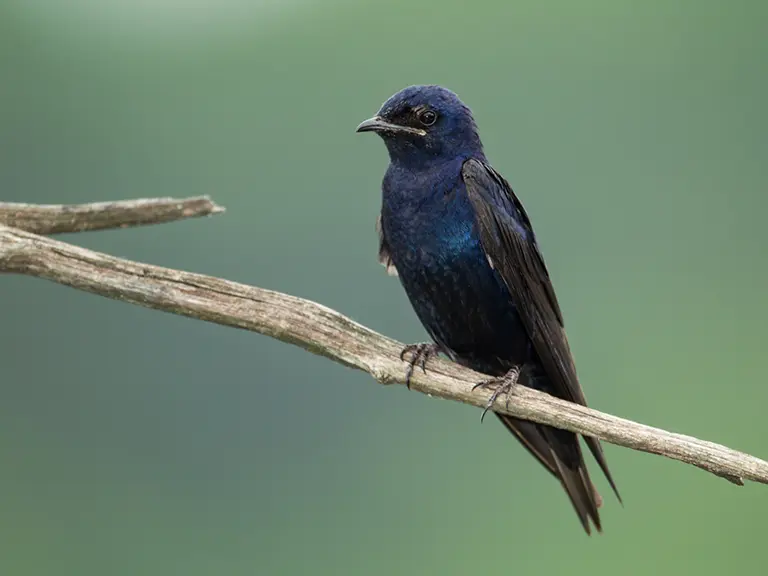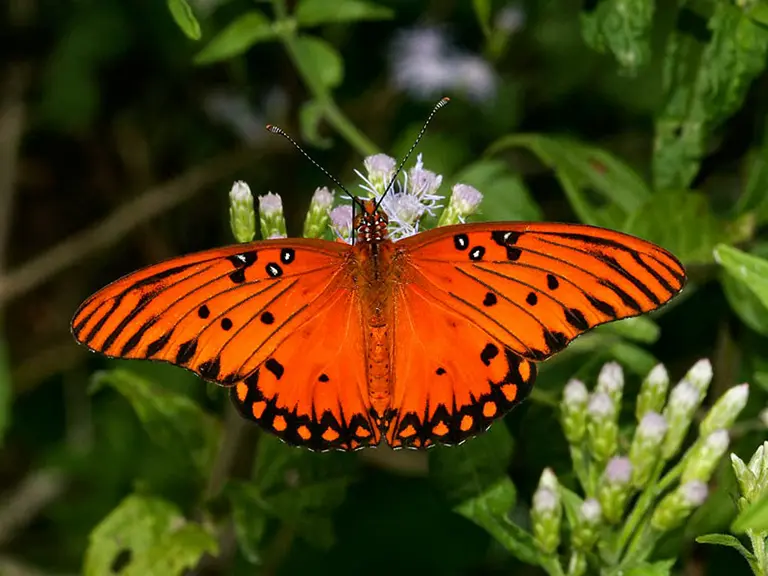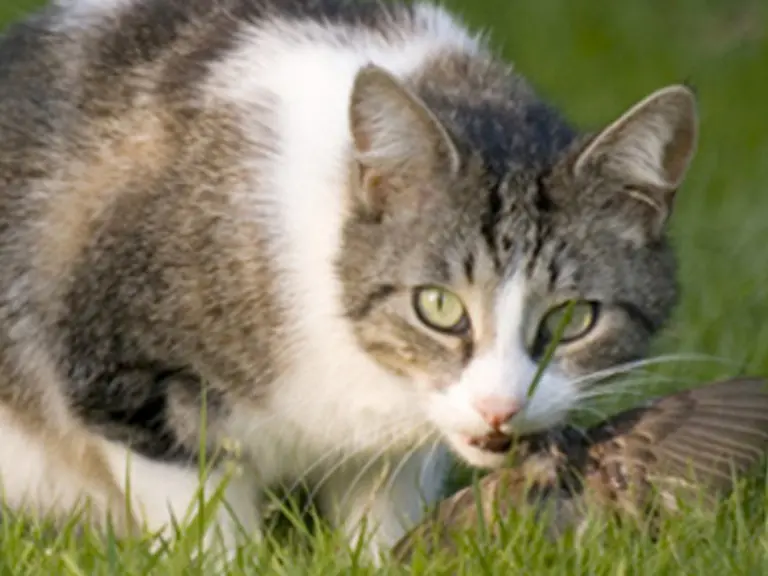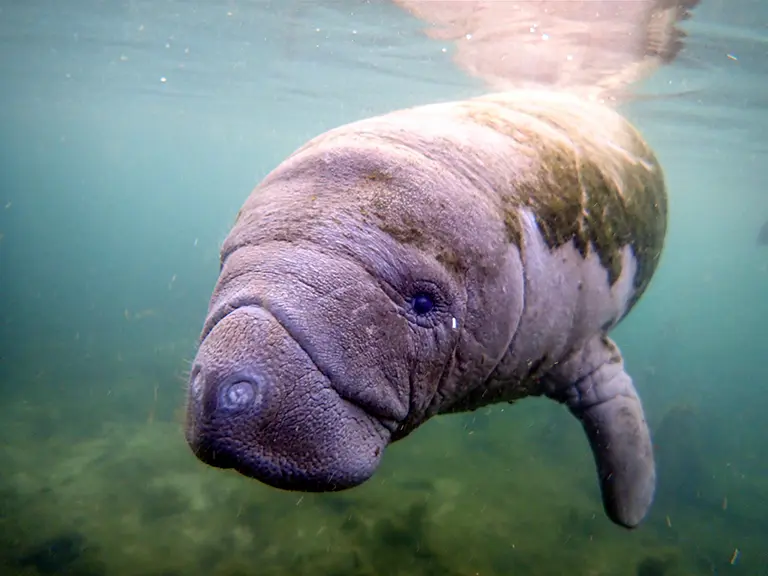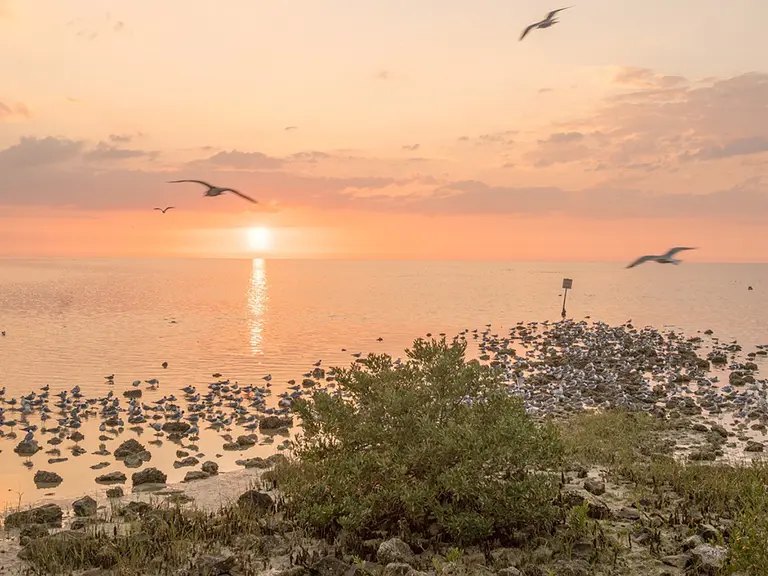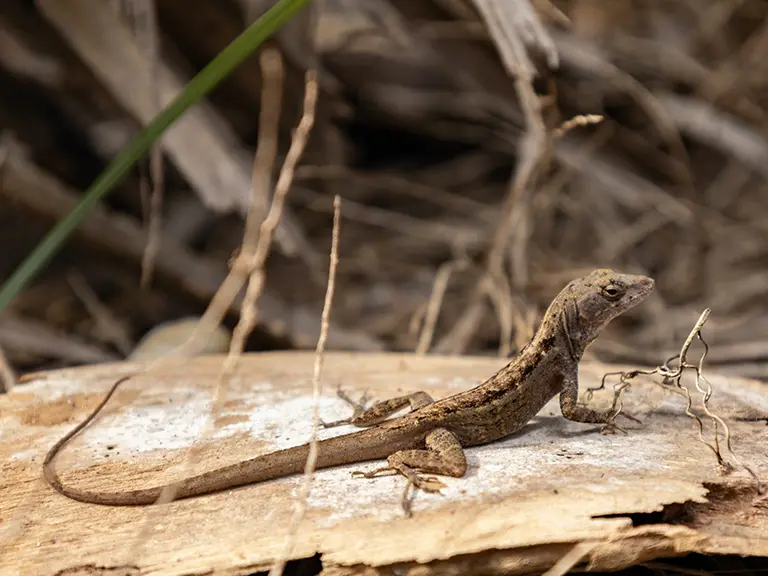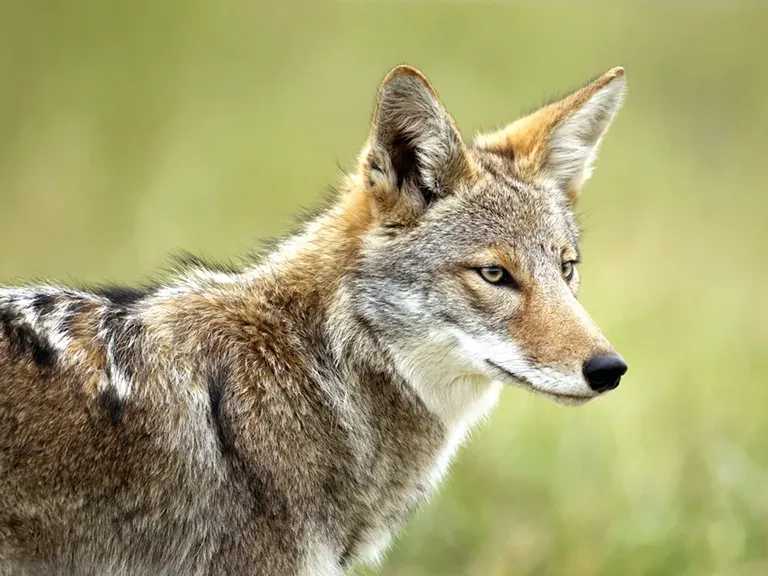Bees

We’re bringing together the whole Environment America hive to help save the bees.
From half-inch honeybees to the endangered rusty patched bumblebee, no matter their size or status, these little pollinators are facing a triple threat of bee-killing pesticides, habitat loss and climate change. Meet some of the bees we’re working to save:

Our country’s more than 4,000 native bee species are “specialists” in their field — they’re perfectly suited to pollinate only a few specific plants or flowers.
The Southeastern blueberry bee, for example, is one hard-working pollinator — visiting as many as 50,000 blueberry flowers in its short life and helping to produce up to 6,000 blueberries.
Most native bees are also highly independent. After a long day of flying solo from flower to flower, these busy bees retire to the nests that they dug or built themselves.
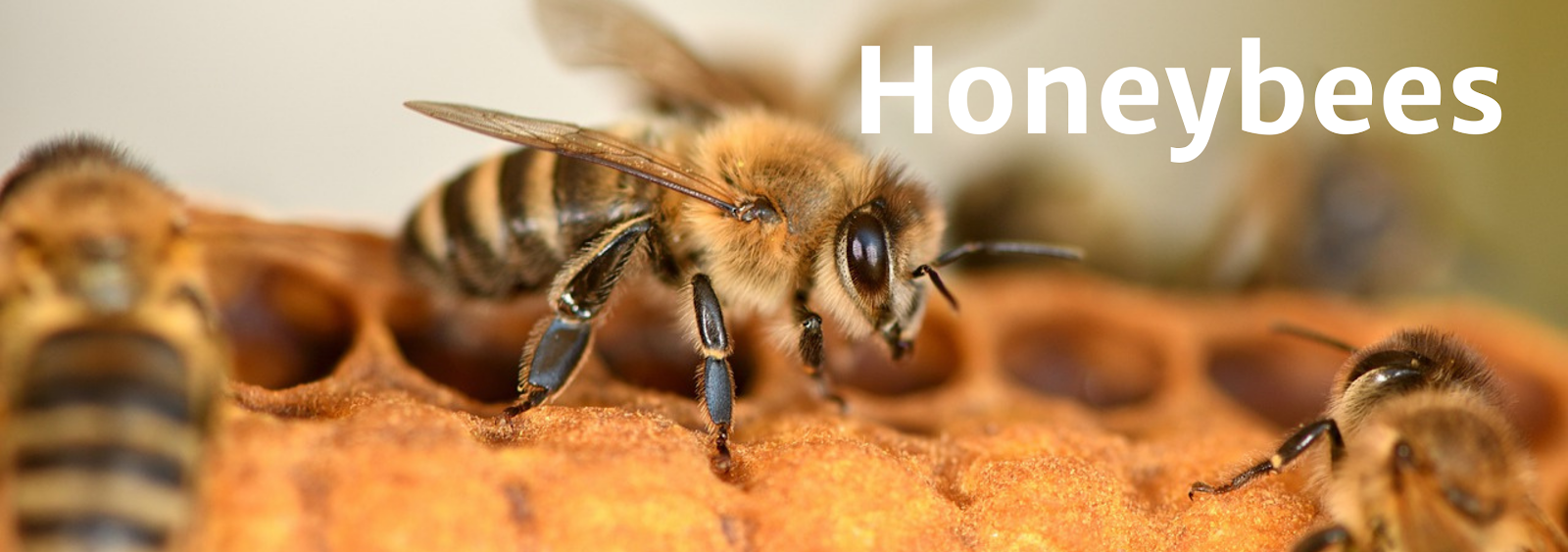
Honeybees are some of our sweetest, most social pollinators. Sharing one big hive, honeybee colonies are also filled with hard workers: In just one year, a colony can make up to 100 pounds of honey.
When they’re on duty, half-inch honeybees can fly to 100 flowers in a single trip — adding up to thousands of flower visits each day. After its eight-hour workday, the honeybee finds its way home where it can rest with as many as 60,000 of its family members.

Throughout the country, there’s only one type of native bee that is truly social: the bumblebee. And under the bumblebee umbrella is the rusty patched bumblebee.
Known for the rust-colored marks on their backs, these bubbly bees made headlines three years ago when they became the first bee species in the continental United States to make the endangered species list. Their populations have plummeted down to just an estimated 471 rusty patched bumblebees.
While rusty patched bumblebees were the bees first to make the endangered species list, they won’t be the last if we don’t act. The worst threats facing bees today?
- Climate change: A warmer climate reduces the areas where bee populations can migrate and survive. As temperatures rise, flowers bloom earlier and create a mismatch in timing between when flowers produce pollen and when bees can feed on that pollen.
- Habitat loss: As climate change and human development make bees’ habitat unlivable, bees are left with nowhere to go, fewer flowers to forage, and nowhere to lay eggs and build the next generation of bees.
- Bee-killing pesticides: A pervasive, dangerous class of bee-killing pesticides called neonicotinoids poisons baby bees’ brains, keeps bees from sleeping, alters their feeding habits, and diminishes their ability to reproduce.
Here at Environment America, we know that the situation for bees is dire. And with native bees pollinating 80 percent of our Earth’s flowering plants, losing bees could be the first domino in a chain of extinctions.
Thank you,
Wendy Wendlandt
President, Environment America, Inc.
1543 Wazee Street, Suite 410, Denver, CO 80202, (303) 801-0581
Federal Advocacy Office: 600 Pennsylvania Ave SE, Suite 400, Washington, DC 20003, (202) 683-1250
Member Questions or Requests: 1-800-401-6511.

